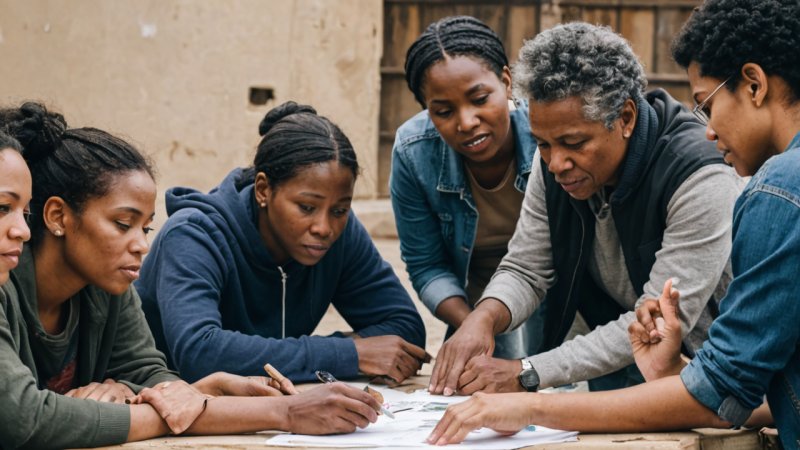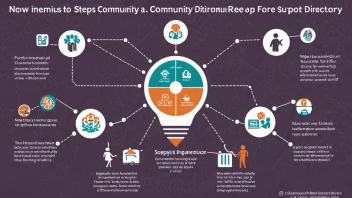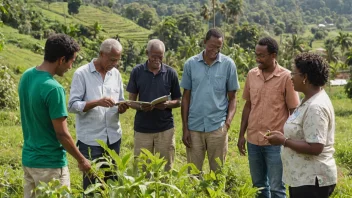Introduction
Poverty is a multifaceted issue that requires collaborative efforts to create sustainable solutions. Developing effective partnerships is crucial for alleviating poverty, as it brings together diverse resources, expertise, and perspectives. Here are the top five strategies for building meaningful partnerships aimed at poverty reduction.
1. Identify Common Goals
Before forming a partnership, it is essential to identify and agree on common goals. This alignment ensures that all partners are working towards the same outcomes, which can enhance commitment and accountability.
- Conduct stakeholder analysis: Assess the needs and expectations of all potential partners.
- Define shared objectives: Collaboratively outline what success looks like for the partnership.
2. Foster Open Communication
Effective communication is the backbone of any successful partnership. Establishing clear lines of communication helps to build trust and facilitates problem-solving.
- Regular meetings: Schedule consistent check-ins to discuss progress and challenges.
- Transparent reporting: Share updates and data openly to maintain accountability.
3. Leverage Resources and Expertise
Each partner brings unique resources and expertise to the table. Recognizing and leveraging these strengths can enhance the impact of poverty reduction initiatives.
- Resource mapping: Identify what each partner can contribute, including funding, personnel, and knowledge.
- Skill-sharing workshops: Organize training sessions to share expertise among partners.
4. Engage the Community
For partnerships to be truly effective, they must engage the communities they aim to serve. Community involvement ensures that initiatives are relevant and sustainable.
- Participatory planning: Involve community members in the planning process to gather insights and foster ownership.
- Feedback mechanisms: Create channels for community feedback to continuously improve initiatives.
5. Monitor and Evaluate Progress
Regular monitoring and evaluation are crucial for assessing the effectiveness of partnerships and ensuring that goals are being met.
- Develop indicators: Create measurable indicators to track progress.
- Adjust strategies: Be willing to adapt approaches based on evaluation findings to improve outcomes.
Conclusion
Developing effective partnerships for poverty reduction requires a strategic approach, focusing on shared goals, open communication, resource leveraging, community engagement, and ongoing evaluation. By implementing these strategies, organizations can create impactful partnerships that contribute to sustainable poverty alleviation.






